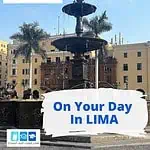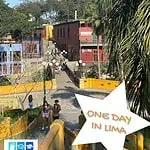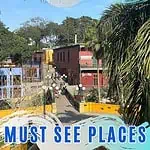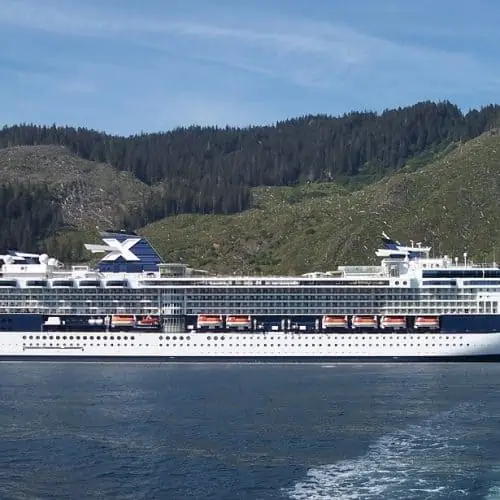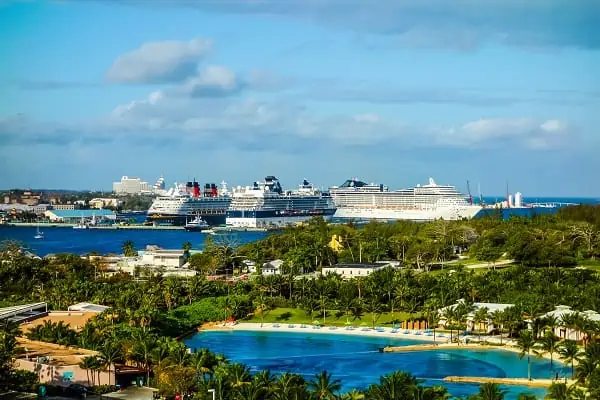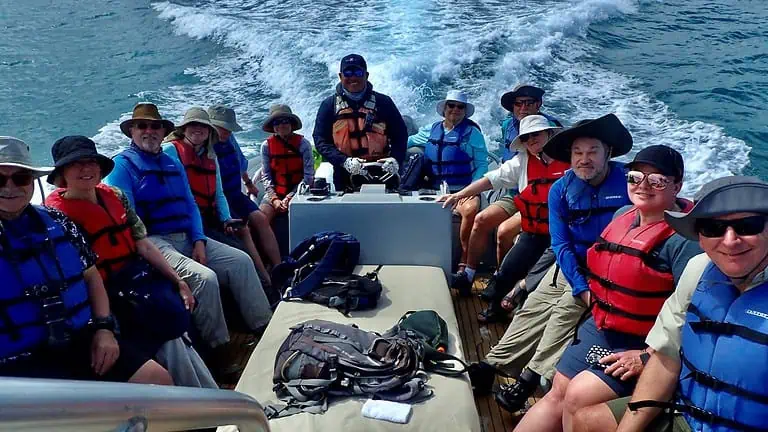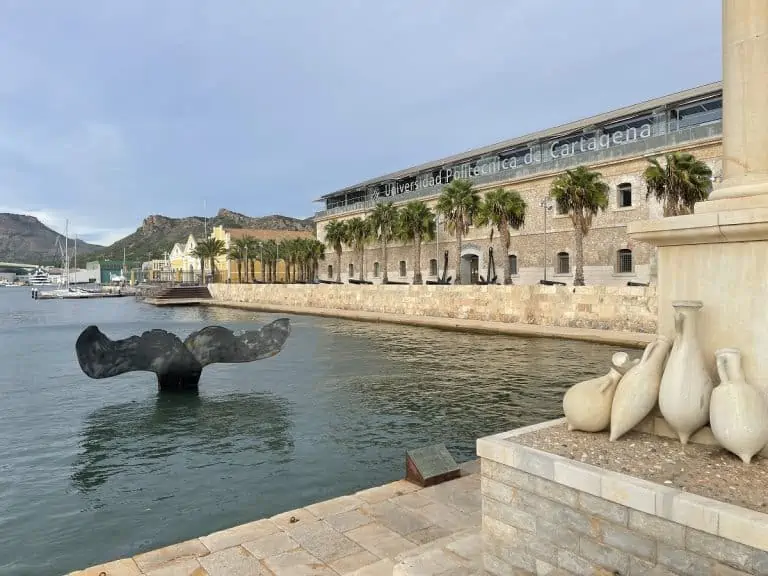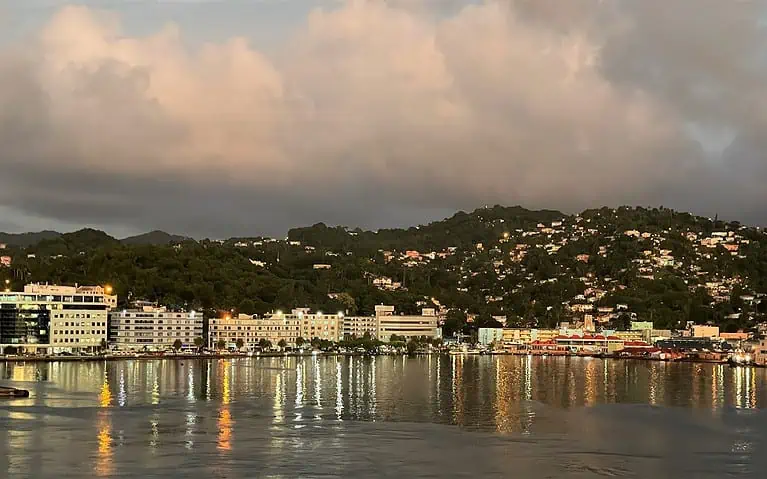1 Day In Lima, Peru The Best Tours for Sightseeing
This post is part of a series on what to do when you have one day in port on a Cruise. You can find more posts from this series on my page, How To Spend One Day In Port.
You may be stopping in Lima, Peru, on your way to Aguas Calientes and the archaeological site of Machu Picchu, or as many travelers do, arriving on one of the many cruise ships that overnight in the port of Callao (Lima, Peru) each year. Lima is not usually a city most would choose as a tourist destination. There are a lot of misconceptions about the Peruvian capital.
Any city with 11+ million people will have its share of issues. You may have heard Lima is unsafe and crowded. There is some truth to this. But this capital city also has a lot of history and beauty, and you can find this in just one day in Lima, Peru.
This article may contain affiliate links. We may earn a commission if you use these links to buy products or services. Please see our disclosure policy for full details. Thanks.
Where To Stay In Lima
If you visit the City of Lima on a cruise ship, you don’t need to worry about where to stay. Your ship will dock at the passenger terminal in the Port of Callao, about eight miles from the center of Lima. If you are doing a layover on your way to Machu Picchu or Lake Titicaca, you will want to choose a location closer to the historical center.
Lima’s two fashionable locations are Miraflores and Barranco. These are the best neighborhoods in the city and offer some of the best accommodations. You will also find some of the best restaurants in these areas of Lima; however, the nightlife is a bit more active in Barranco. When time is of the essence, you want to be close to the action.
1 Day In Lima, Peru: Learning About Culture Through Food
Most cruise lines will offer a free shuttle from the cruise port to a few central locations in Lima, such as Plaza San Miguel or the JW Marriott hotel in Miraflores. But if you have never been to Lima, Peru, you may as well be dropped off on the far side of the moon as you probably won’t know where to go once you are on your own.
You don’t have to shell out for a private tour. Your best option to tour the capital of Peru may be one of the cruise ship’s shore excursions. But we have found that the best way to get to know a new city is with a private option like those available through companies like Get Your Guide.
Hiring a tour guide is always a good idea when you are short on time and want to learn as much as possible about your destination. We start our 1 day in Lima with a small group private tour. We don’t have to worry about transportation as a minibus and guide are included with our tour.
If you are touring Lima on a budget, I recommend the app GPSmyCity. With this app you can create a free walking tour using the GPS function on your phone. The app, has information on the recommended sites and stops.
Tour The Local Food Market – Mercado No. 1 de Surquillo
Today’s tour is all about food. And any tour about food always starts with a visit to one of the area’s traditional markets. In this case, the local market is “Mercado N⁰ 1 de Surquillo.” I am excited by this as I love to see the local food markets. Unlike in the U.S., most people shop daily for fresh produce and meat. The market is a smorgasbord of vegetable and fruit vendors, butcher shops, and fishmongers.
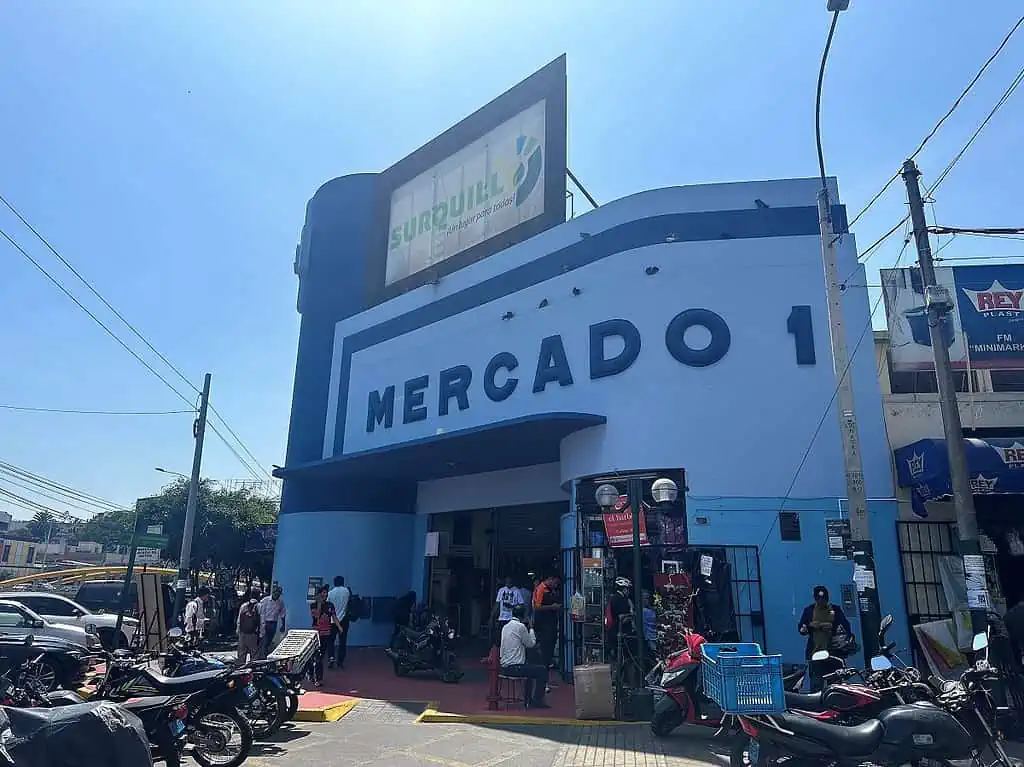
Walking through the stalls filled with fresh vegetables, we come across a vendor whose sole product is potatoes. Our guide shares that as many as 4,000 varieties of potatoes are grown in the Andean highlands of Peru. Potatoes are clearly an important part of the Peruvian diet.
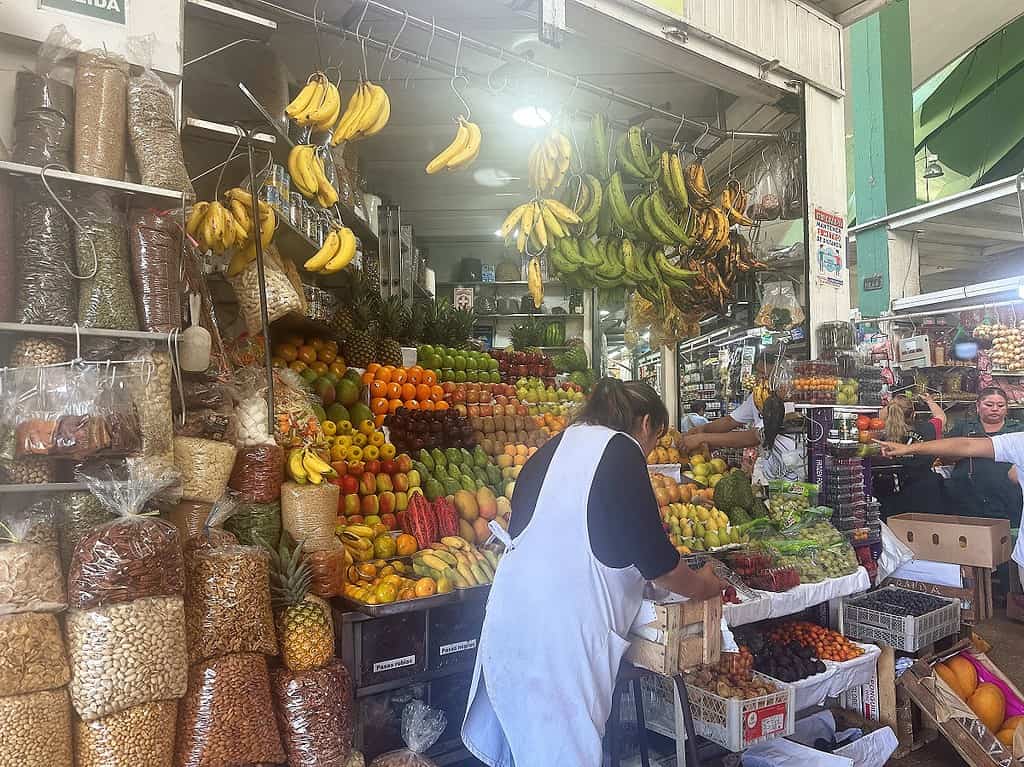
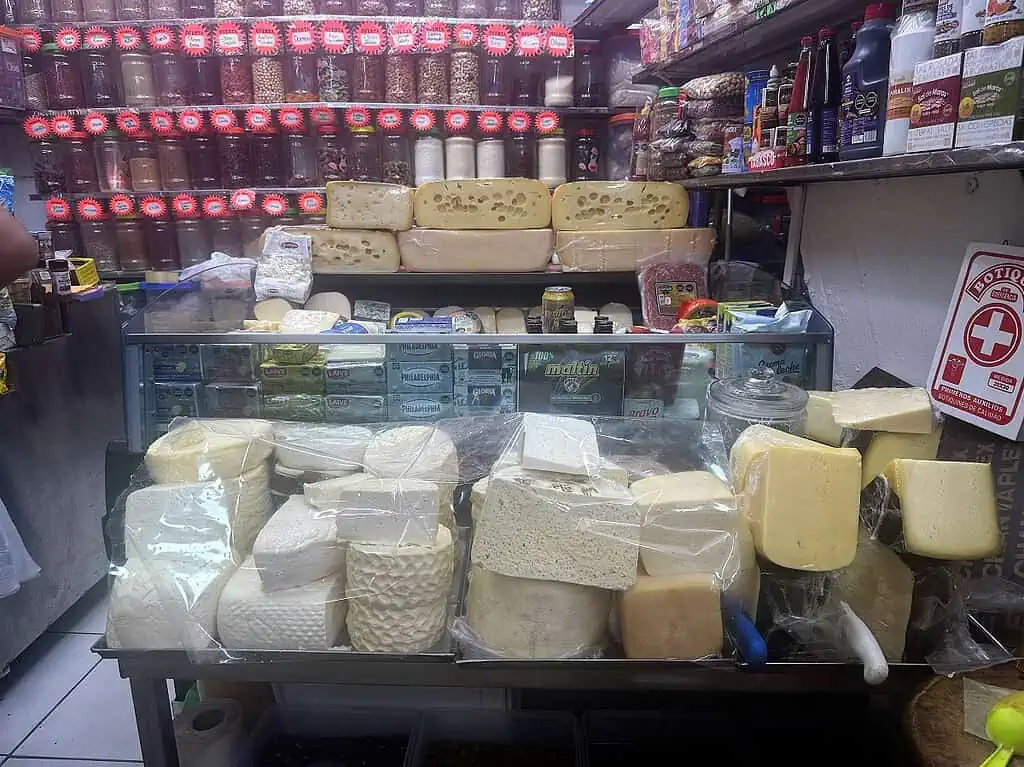
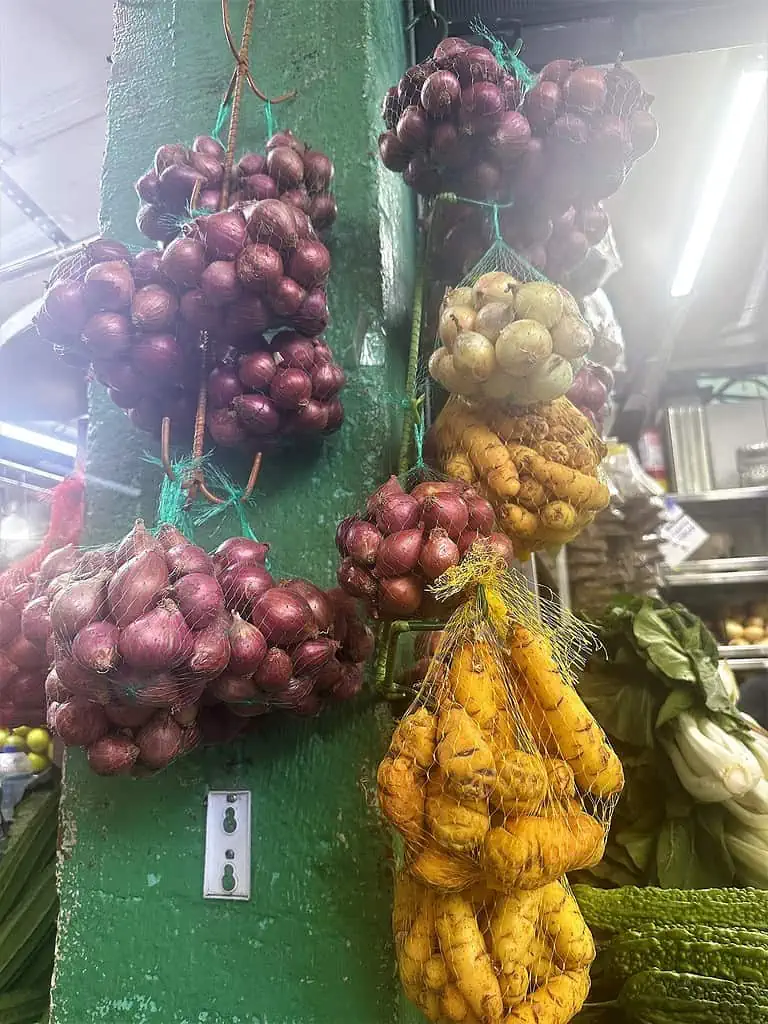
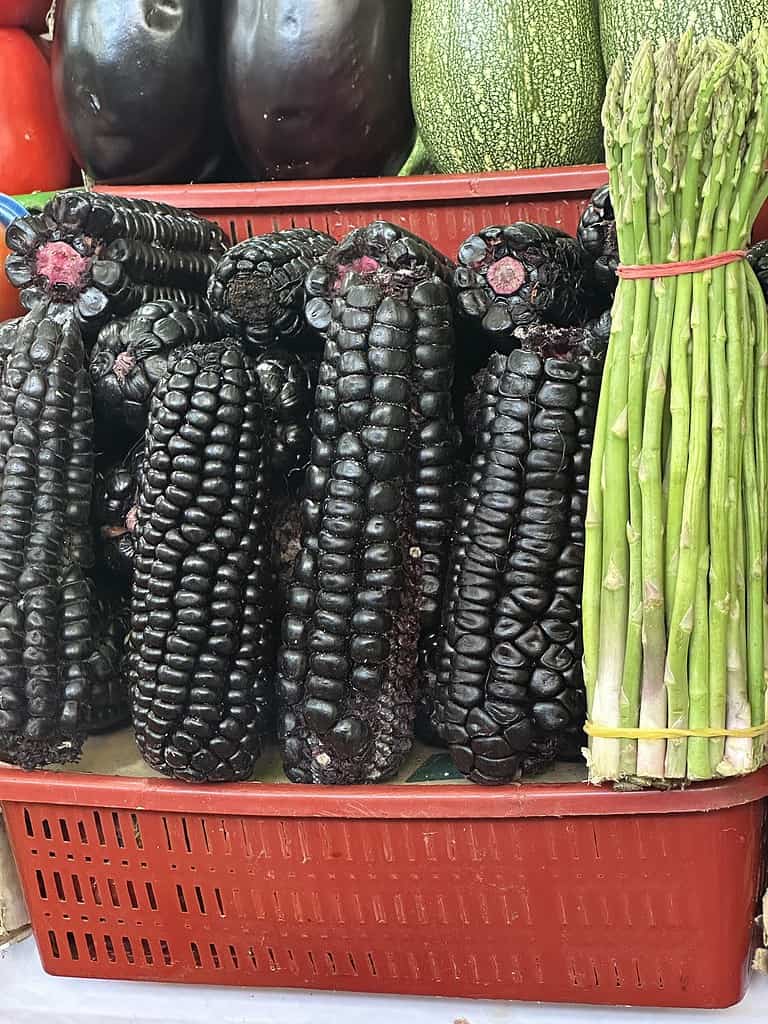
A unique vegetable here is purple corn. This corn, called “Maiz Morado,” is considered a superfood due to its anthocyanins which are anti-inflammatories and encourage tissue regeneration. It’s common to find the corn made into a drink Peruvians call Chicha Morada, where the corn is cooked with fruits and spices, cooled, and then served over ice.
Next, head into the “smelly” market area, the meat and fish stalls. If you are squeamish, a vegetarian, or vegan, you may want to opt out of this part of the tour. Here we watch butchers carve up pigs and chickens, and fishmongers boldly display their catch of the day.
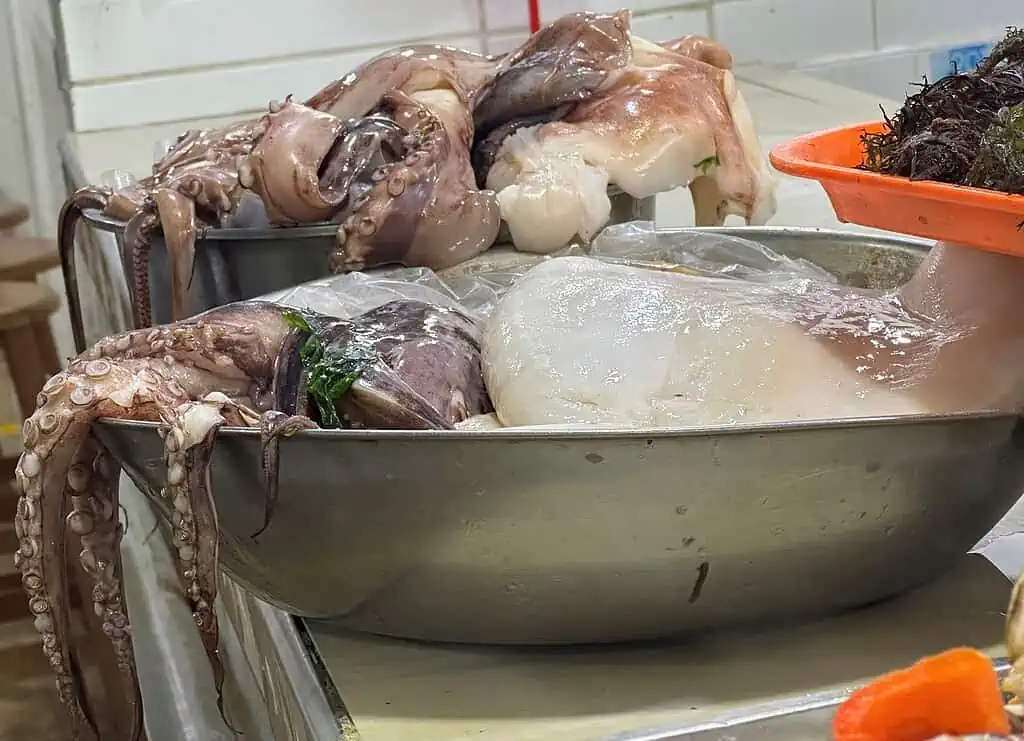


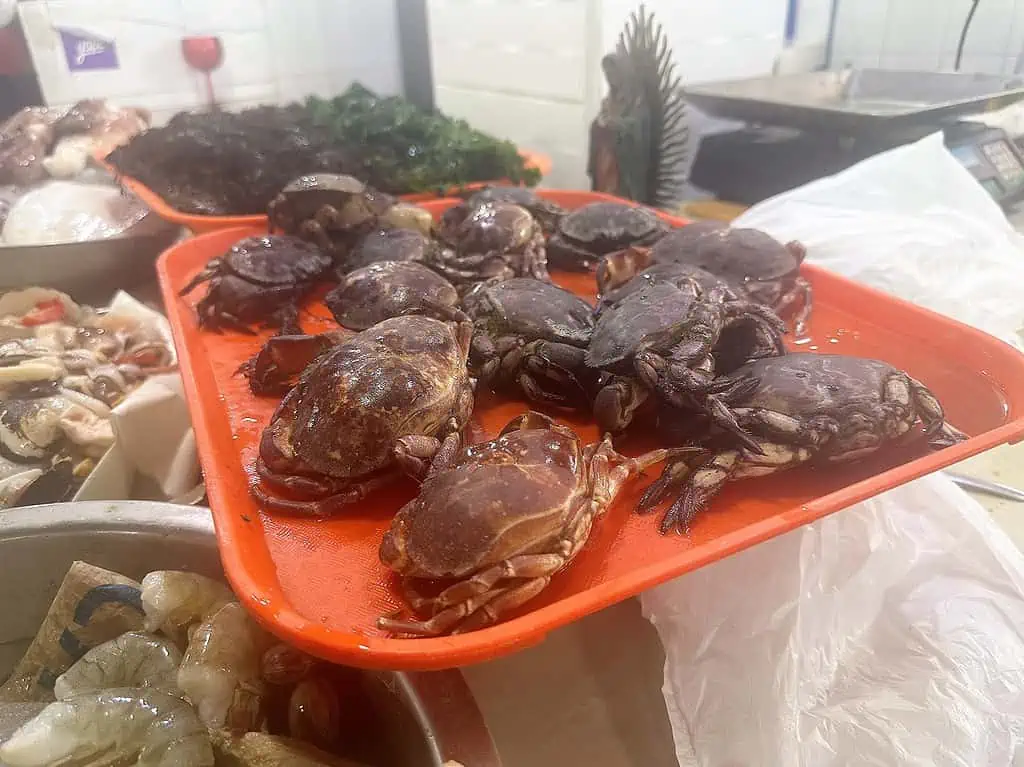
It’s good to get out and stretch your legs a bit. Doing this on a walk through a food market is a great way to work up your appetite. This is important because next on the tour is a beautiful seaside restaurant in the Barranco district, Cala Restaurante, for a traditional Peruvian lunch.
Lunch By The Sea And A Walking Tour of Barranca
You’ve seen all the delicious local edibles in the market and get your first taste of local cuisine at lunch.
As you saw in the market, potatoes are essential in Peruvian cuisine. One dish you find on many menus in Lima is “causa” (pronounced “cowsa”). Causa is potatoes layered with meat or fish and veggies. Today’s menu has a causa with crab, prawns, avocado, tomatoes, and egg. I chose this for my starter, and it is pretty good!


Another popular entrée is Lomo Saltado. This is a dish that combines Peruvian and Asian cooking flavors and techniques. This popular dish is a stir fry of marinated beef strips, onions, tomatoes, and, oddly, French fries. It is almost always served with steamed rice. DH chooses Lomo Saltado for his entrée.
After lunch, take some time to walk along the coast of the Pacific Ocean and enjoy the bright sunshine. Then our tour takes a short drive from the ocean road up to the residential area of Barranco for a walk through this hip and trendy artists’ neighborhood.
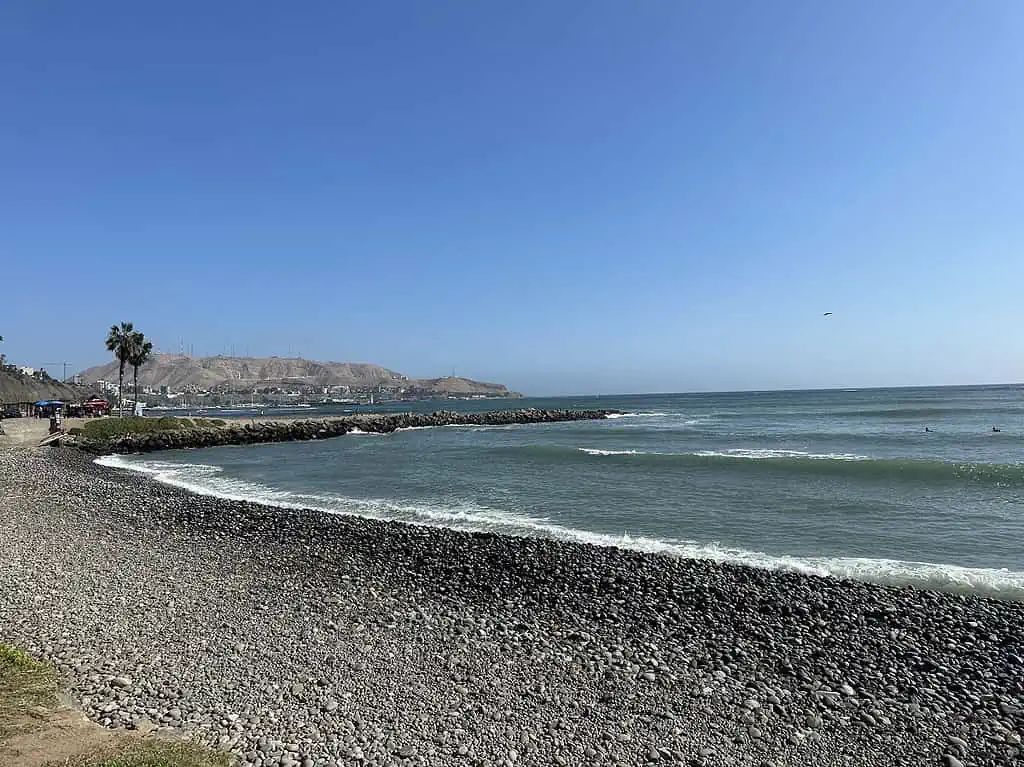
The drive takes us past this colorful district’s notable embassies, homes, churches, and parks. The minibus stops near Parque Federico Villarreal, where we begin the walking part of the tour.
Time to Walk Off Lunch And Learn About Lima
On the edge of the park is Iglesia la Ermita. This church overlooking the ocean was initially constructed in 1901. Unfortunately, in 1940 the church was closed after an earthquake damaged much of the adobe and masonry building. There have been many attempts to restore the church, but to this day, it remains closed.
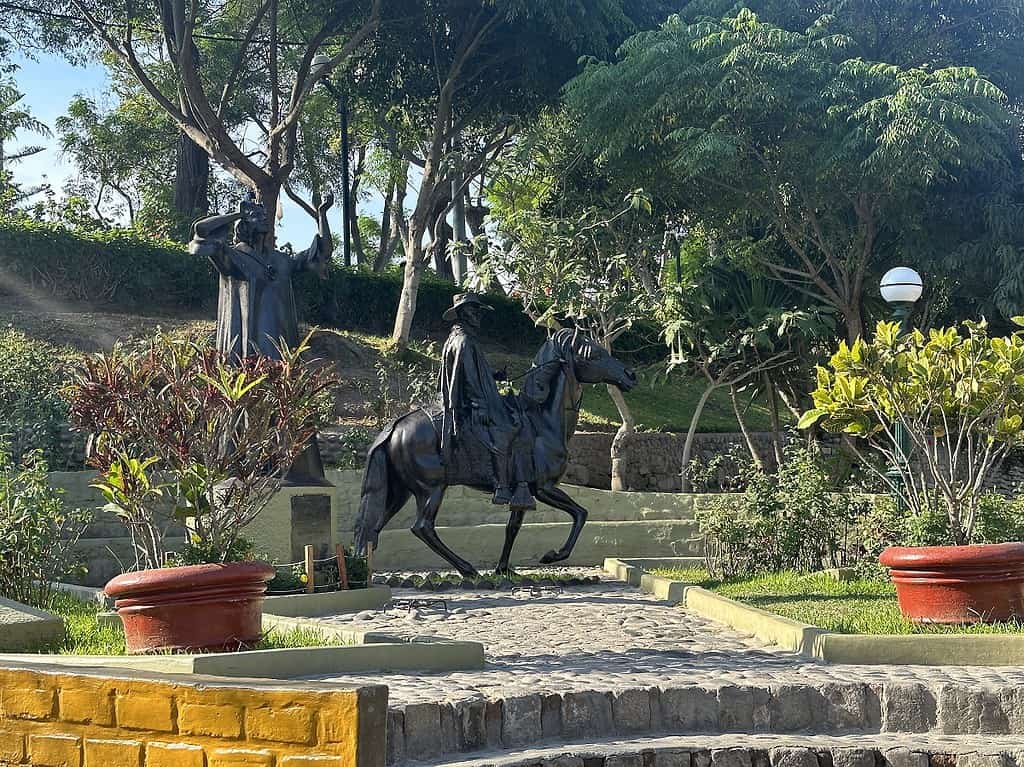
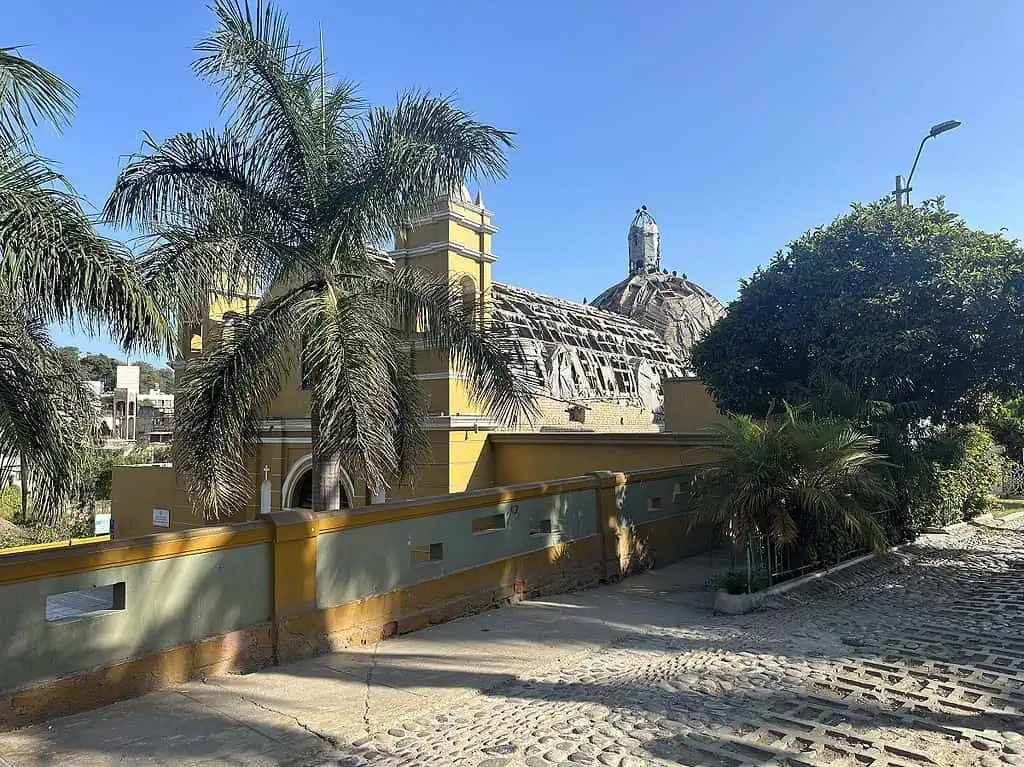
From here, we walk across the Bridge of Sighs; this iconic landmark spans the Bajada de los Banos, a cobbled path that used to be a river leading out to the sea. It’s said that if you make a wish and can hold your breath while crossing the bridge, your wish will come true.
As we cross the bridge our guide points out the beautiful street art that is so popular in this area.
We finish our short walk at the Parque Municipal de Barranco. Parroquia La Santisima Cruz (the Church of the Holy Cross) is at one corner of this park. This church was also damaged in the 1940 earthquake but, unlike Iglesia la Ermita, was rebuilt in the 1960s.
Biblioteca Municipal de Barranco, or the municipal library, is on the other end of the park. This historic building was built in 1922 and housed the municipal offices until 1976.
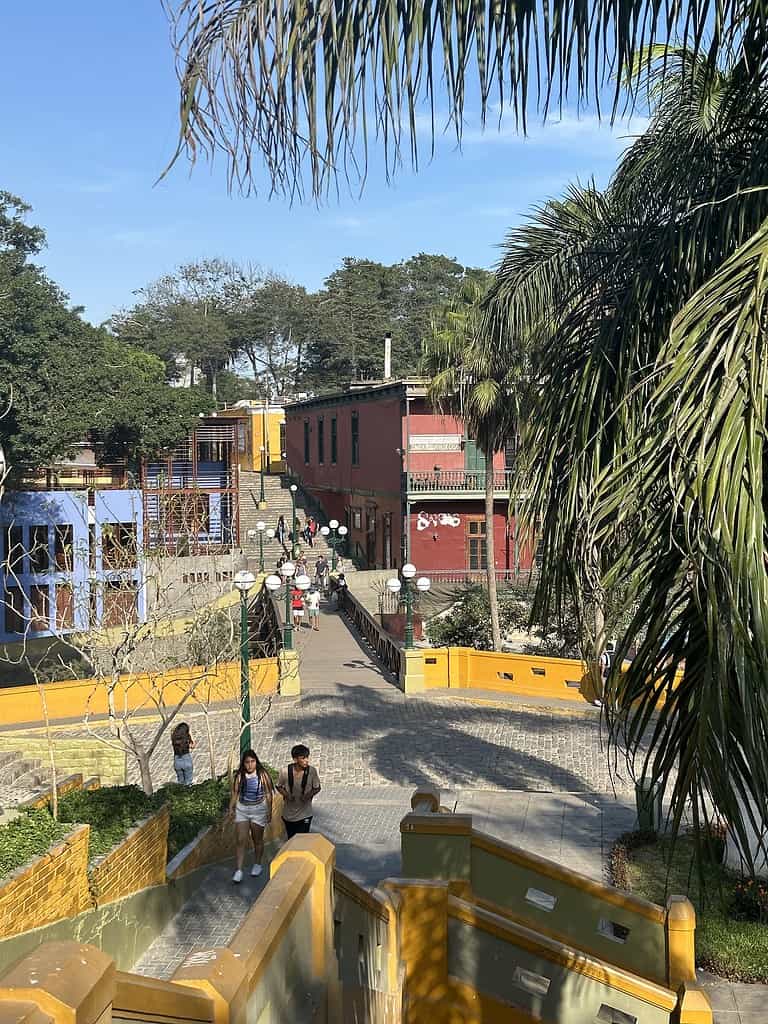
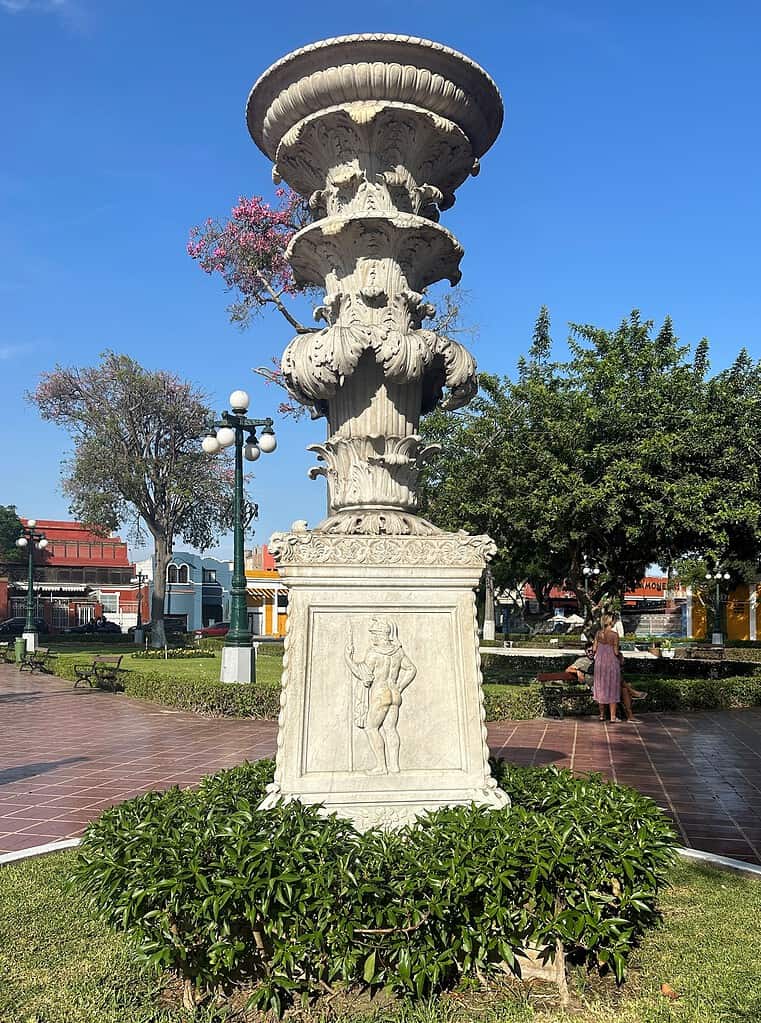
There are some young people dressed in uniforms in the park. Our guide explains these are “tourist police.” That sounds ominous, but really they are here to assist tourists with information and directions.
Art and literature are essential to the people of Lima. This becomes quite apparent when the “tourist police” are fascinated by one of the gentlemen in our group. They think he looks like Ernest Hemingway and ask our guide if he would take a picture with them. He kindly poses for a few photos. I’m not sure that many 20-somethings in the U.S. would even know who Hemmingway was, let alone what he looked like.
Pisco Sour, The National Drink of Peru
Next on our gastronomic day tour is a stop at the beautiful Hotel B on Jiron Saenz Pena for a lesson in making a Pisco Sour from the hotel’s Bar Manager, Axel Romero. You may have heard of the Pisco Sour before. This drink is a re-imagination of the whisky sour using the popular Pisco.
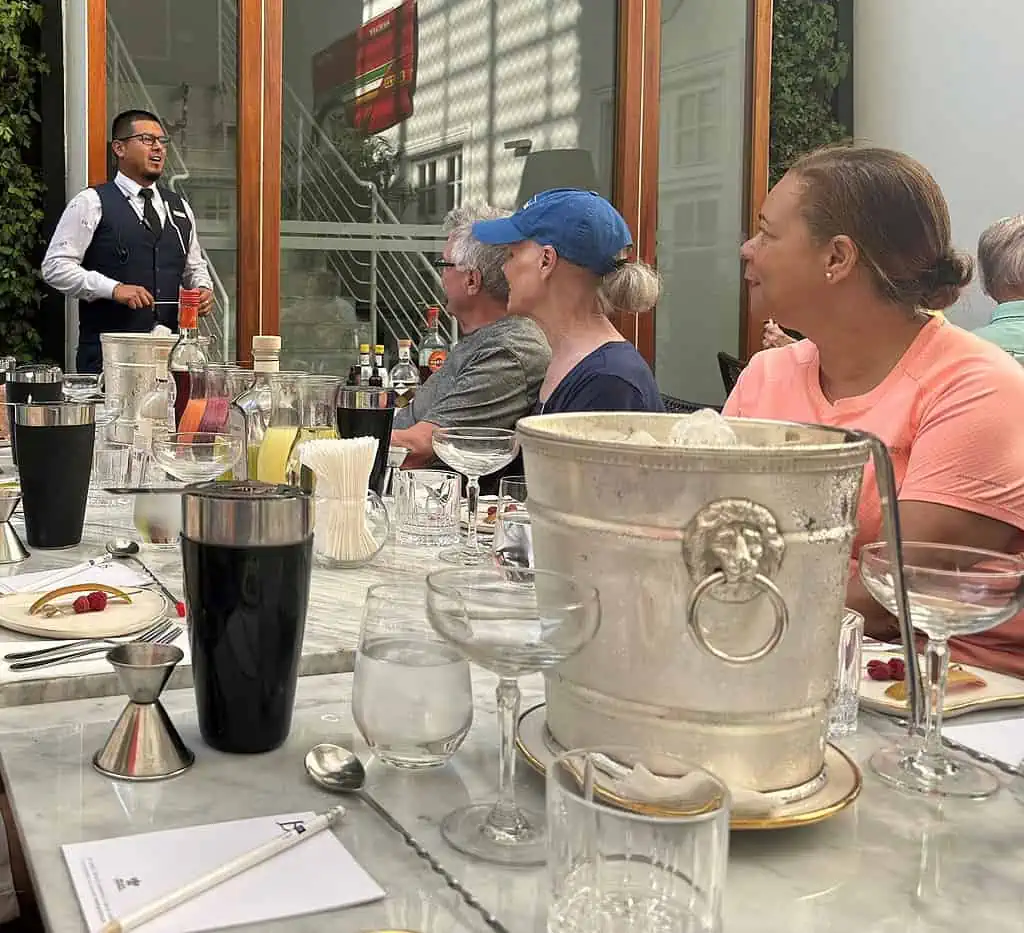
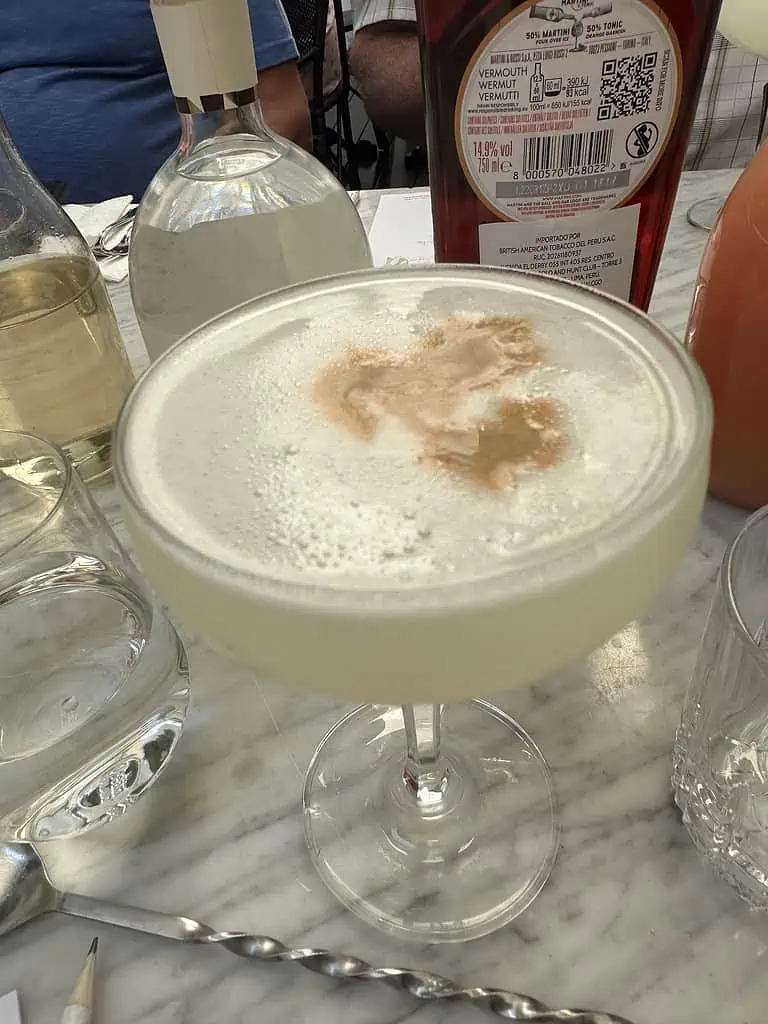
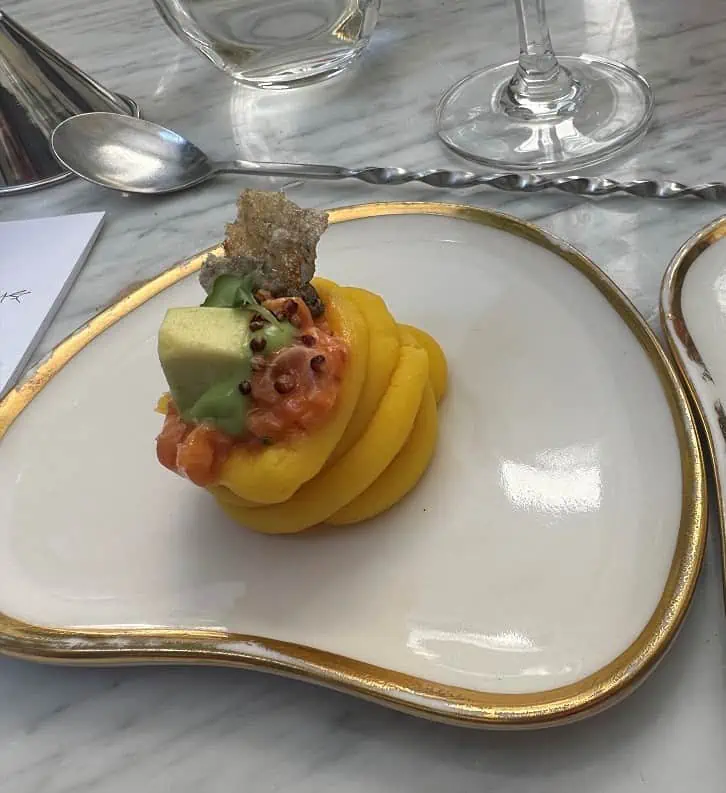
You may look at Pisco and think it is similar to vodka. But in reality, Pisco is made from fermented Peruvian grape must and juice that is then distilled, so it is a type of brandy. This makes for a potent liquor. The other ingredients in a Pisco sour are lime juice and the widely debated egg white. Along with our Pisco Sour, we are treated to an appetizer of a causa, this time with trout and avocado.
On to our second drink, we are making the Inca Soul. A delightful drink made with berry syrup, pomelo juice, red vermouth, and Peruvian vodka. This drink is paired with tropical cheesecake for a sweet way to end our day in Lima.
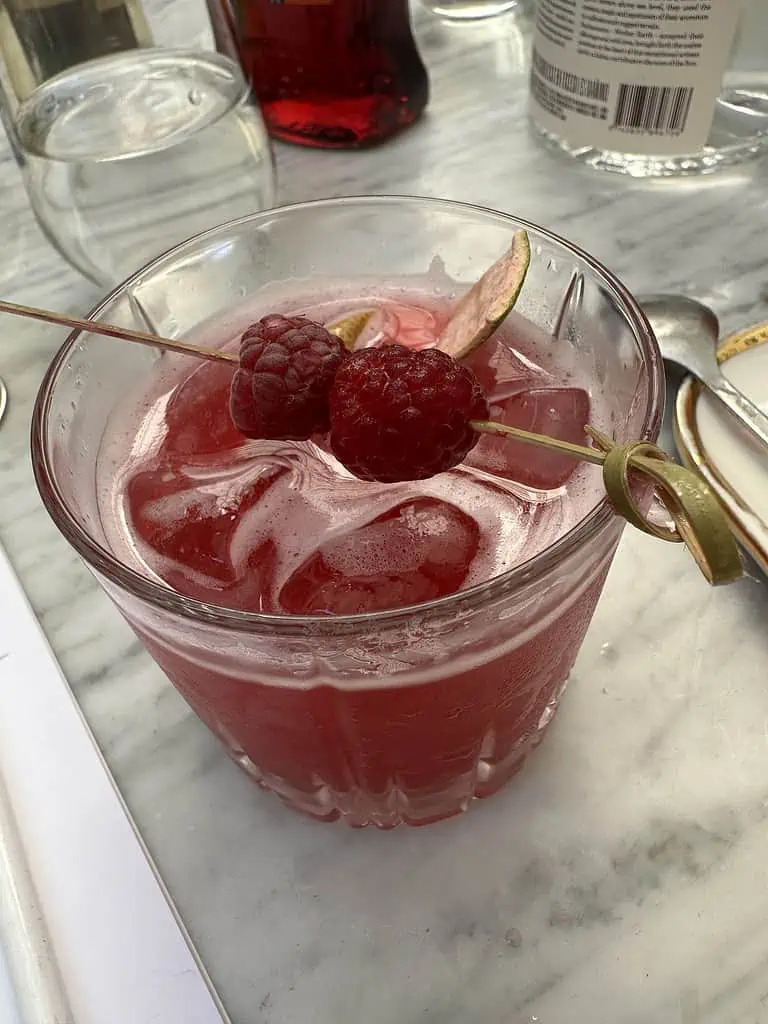
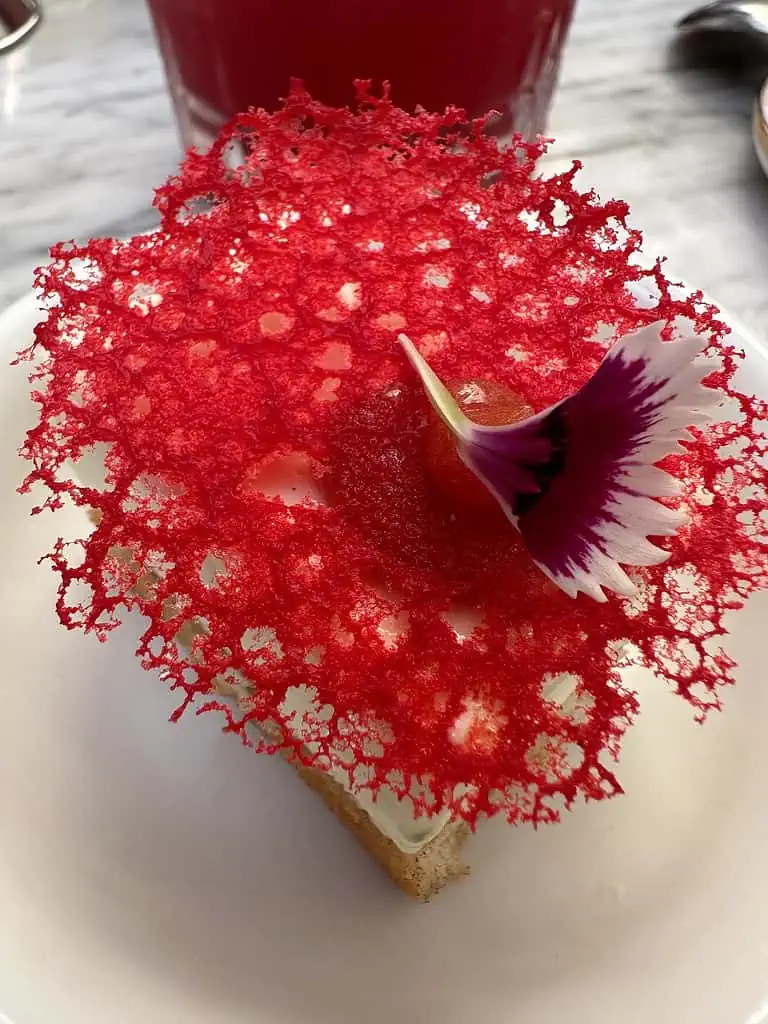
I was scribbling frantically, trying to write down the recipes for the drinks so I’d have them to bring home. Fortunately, Axel and Hotel B are experts in catering to their guests. We each were given this pamphlet with the history and recipes for the drinks and tastings.
Our bellies full and a little tipsy, we board our minibus for the drive back to the cruise terminal. We look forward to spending tomorrow in the Historic center of Lima.
Lima’s Historical City Center
This morning we continue to learn about Lima, Peru, with a guided tour of the historical center of the city. Known as “Ciudad de los Reyes” (City of Kings), there is incredible colonial architecture on every street. Lima was the oldest and most crucial colony of the Spanish dominions in South America until the 18th century. Lima, Peru, has earned a place as a UNESCO World Heritage Site. Historical sites from the colonial period in this capital city of Peru are located in this easily walkable district.
Museo del Convento de San Francisco de Asis & Catacombs
Our journey today begins at the Convento de San Francisco. This great place with awe-inspiring architectural gem dates back to the 17th century. The historic convent, located in the heart of Lima, is not only a magnificent example of colonial architecture but also houses a wealth of cultural and historical treasures.
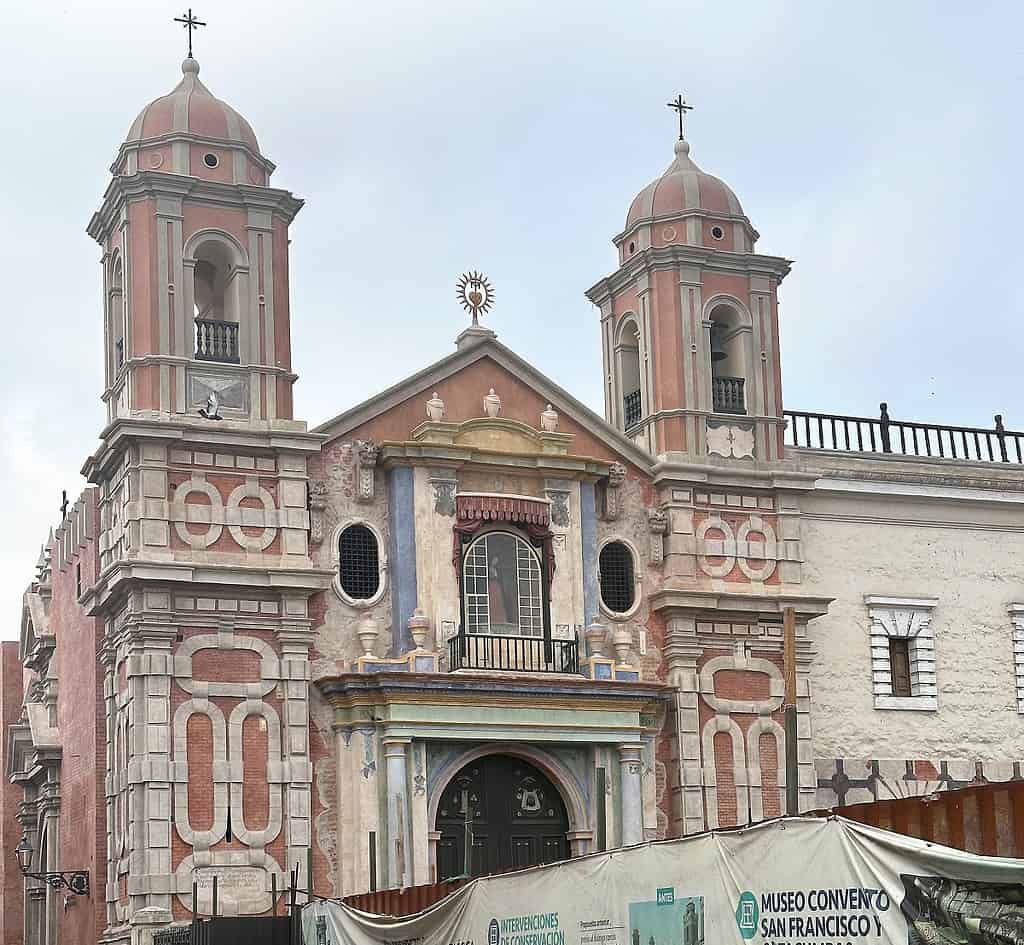
As you step inside, you’ll be greeted by an enchanting courtyard adorned with beautiful tilework and intricate wooden balconies. The convent is a grand representation of Baroque Architecture. But If you are like me, the two things that will leave the biggest impression on you will be the catacombs and the library.
The library is a literary treasure trove that beckons book lovers and history enthusiasts alike. Housed within the splendid walls of this centuries-old convent, the library holds a collection of invaluable texts and manuscripts dating back to the colonial era.
Stepping into this hallowed space, you are greeted by row upon row of ancient tomes, their weathered pages and leather bindings speaking volumes about the passage of time. The library’s shelves are lined with literary works, religious texts, and historical records, providing a glimpse into Lima’s intellectual and cultural heritage.
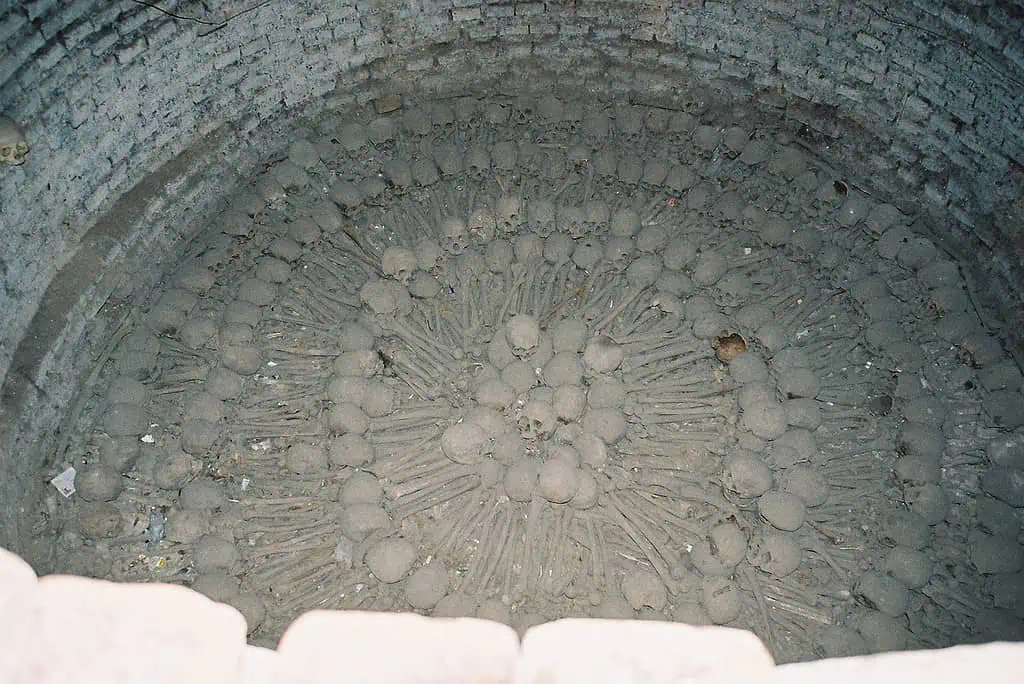
For many people, the highlight of the convent, however, lies beneath the surface. Descending into the catacombs, you’ll discover a haunting underground labyrinth that once served as a burial site during the colonial era.
The catacombs contain the bones of an estimated 70,000 individuals, providing a chilling reminder of Lima’s past. There is so much to see in these buildings, and you could easily spend your entire day here, but if you want to see more of the City Center, you need to move on.
Plaza de Armas Of Lima And The Government Palace
Leaving the Convento de San Francisco, we make our way to Plaza de Armas (also known as Plaza Mayor), Lima’s main square, and the historical and political heart of the city. This vibrant plaza, surrounded by elegant colonial buildings, exudes a sense of grandeur and is a popular gathering spot for locals and tourists alike.


One of the most prominent buildings overlooking the plaza is the Government Palace, the official residence of the President of Peru. It is a testament to the city’s colonial heritage. Be sure to witness the traditional Changing of the Guards ceremony that takes place daily in front of the palace, adding a touch of pomp and pageantry to the experience.
Across the Plaza Mayor from the Government Palace, on the other side of the city’s many beautiful water fountains, is the Municipal Palace which serves as the headquarters of the municipality. With its distinctive yellow façade and ornate balconies, the palace symbolizes political power.
The Cathedral of Lima
Just a stone’s throw away from Plaza de Armas stands the majestic Lima Cathedral. This impressive religious monument, built in the 16th century, showcases a harmonious blend of architectural styles, including Gothic, Baroque, and Neoclassical.
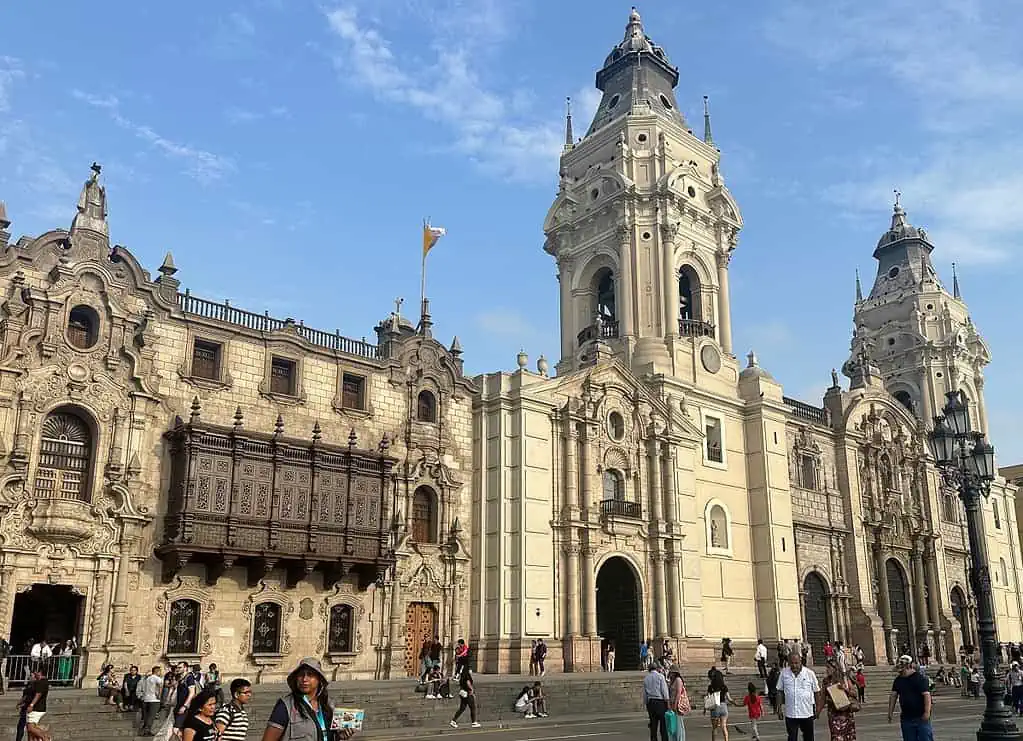
As you step inside, your eyes will be drawn to the intricate woodwork and gold leaf decorations that adorn the altar and chapels. The cathedral houses the tomb of Francisco Pizarro, the Spanish conquistador who founded Lima, adding a layer of historical significance to this sacred space.
Take a moment to appreciate the religious artworks and the peaceful atmosphere that envelops the cathedral, making it a haven of tranquility amid the bustling city.
Casa de la Literatura Peruana and La Casa de la Gastronomia Peruana
Our journey through Lima’s historic center continues with two cultural institutions celebrating Peru’s literary and culinary heritage.
The Casa de la Literatura Peruana, once the central train station of Lima, has been transformed into a vibrant cultural center dedicated to promoting Peruvian literature. Browse through the extensive collection of books, attend literary events and exhibitions, or relax in the beautifully restored courtyard, surrounded by bookshelves that seem to reach the heavens.

As we were leaving Plaza de Armas and heading for our bus ride to lunch, I noticed a building whose name caught my attention. La Casa de la Gastronomia Peruana. I speak very little Spanish, but enough to know that this place was dedicated to Peruvian gastronomy.
So I asked our local guide, Jenny, what goes on here. She shared that this is a “living museum” where you can explore the history and diversity of Peruvian cuisine through interactive exhibits, cooking demonstrations, and tastings. If I had known about this place before coming to Lima, I would surely have made time for a visit and cooking demonstration.
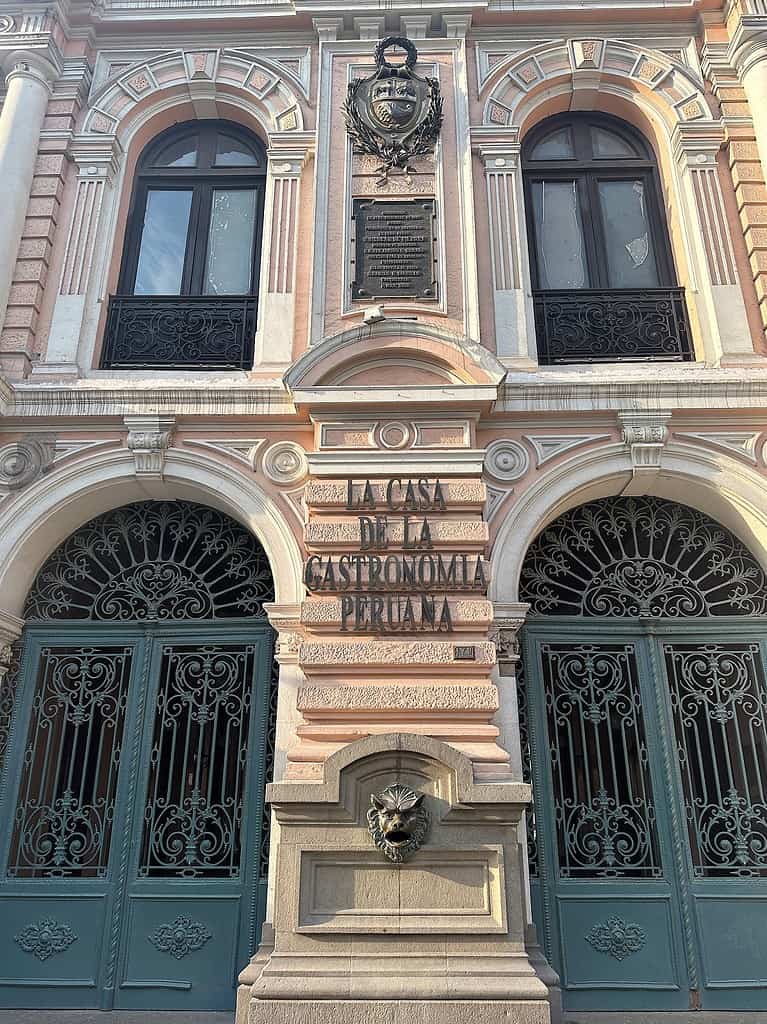
For food enthusiasts, La Casa de la Gastronomia Peruana is a must-visit destination. This gastronomic haven pays homage to Peru’s renowned culinary scene, which has gained international acclaim in recent years. You can immerse yourself in the flavors and aromas that define Peruvian gastronomy and gain a deeper appreciation for the country’s rich culinary traditions.
The Final Stop On Our 1 Day In Lima, Peru
From central Lima, we head toward San Miguel, and the Larco Museum (Museo Larco) is nestled in the picturesque district of Pueblo Libre.
The Larco Museum stands as a beacon of ancient Peruvian art and history. Founded in 1926, the museum is housed within a beautifully restored 18th-century vice-royal mansion, offering visitors a captivating journey through Peru’s rich cultural heritage.
One of the highlights of the Larco Museum is its renowned collection of erotic pottery. This unique exhibit explores ancient Peruvian societies’ sensual and intimate aspects, challenging conventional perceptions of sexuality and shedding light on the importance of fertility and human connection in their cosmology.

Beyond its exceptional collection, the Larco Museum offers a serene and enchanting setting. Its lush gardens, adorned with vibrant flowers and fragrant trees, provide a tranquil oasis amidst the bustling city. Visitors can leisurely stroll through the grounds, enjoying the harmonious blend of nature and art that surrounds them.
And most importantly for us, a beautiful restaurant housed inside a greenhouse conservatory. This is where we have our final meal in Lima. I treat myself to a glass of white wine, a crispy asparagus salad, and a perfectly cooked white fish filet with asparagus and potatoes. YUMMY!
After lunch, we return to Callao port, where the cruise lines all dock and, of course, our ship.
1 day In Lima: Unveiling the Hidden Gems of Peru’s Capital
Lima, Peru, often overlooked by travelers, is filled with surprises, rich history, and delectable culinary delights. In just one day, you can uncover the hidden gems of this vibrant city and create unforgettable memories that will leave you longing to return. Contrary to the misconceptions, Lima is not just a crowded and unsafe metropolis but a city that beckons with its unique charm and cultural treasures.
You may only have 1 day in Lima in Lima, Peru, but with a good plan and maybe a professional guide, you will have enough time to see the top things and uncover some hidden gems. So, whether you’re on a layover or a cruise stop, take the time to explore its diverse neighborhoods, taste its flavorful dishes, and immerse yourself in Lima’s captivating history. Visiting Lima can be a transformative experience that will enrich your travel memories for years to come.



